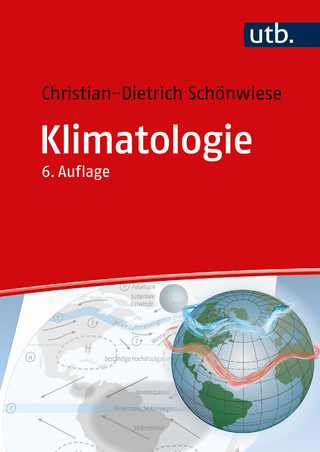
Feedback Linearization of Dynamical Systems with Modulated States for Harnessing Water Wave Power
Seiten
2020
Morgan & Claypool Publishers (Verlag)
978-1-68173-808-6 (ISBN)
Morgan & Claypool Publishers (Verlag)
978-1-68173-808-6 (ISBN)
- Lieferbar
- Versandkostenfrei
- Auch auf Rechnung
- Artikel merken
In an attempt to turn a problem into an advantage, the concept in this work aims to develop an integrated system to harness and harvest ocean wave energy right at the seabed. The long-term interest is to develop integrated devices that can be used as actuators or sensors.
As pointed out by other researchers, hybrid structures in ocean engineering are based on flat concrete foundations. Due to wave action these foundations are exposed to different pressure distributions on the top and bottom sides. As a result, the bottom side is exposed to a saddle type pressure distribution leading to huge forces on the foundation. Indeed, such huge forces have been observed at a number of offshore platforms installed in the North Sea.
In an attempt to turn a problem into an advantage, the concept in this work aims to develop an integrated system to harness and harvest ocean wave energy right at the seabed. The long-term interest is to develop integrated devices that can be used as actuators or sensors, which, due to low manufacturing cost, can be employed in large quantities for control of ocean engineering systems, e.g., maritime renewable power-plants, or monitoring of marine processes, e.g., oceanographic sensing.
A key element to the proposed system is the nonlinear coupled electromechanical oscillator unit, the dynamics of which are investigated with a novel approach in this work. The fundamental nature of the oscillator at hand makes it an excellent choice for applications involving oceanic transducers consisting of a dry driving electrical stator physically separated from a wet-driven payload mechanism. Without such units available at a low cost and a large number, harvesting the energy of a vibrating plate at seabed may prove impractical.
As pointed out by other researchers, hybrid structures in ocean engineering are based on flat concrete foundations. Due to wave action these foundations are exposed to different pressure distributions on the top and bottom sides. As a result, the bottom side is exposed to a saddle type pressure distribution leading to huge forces on the foundation. Indeed, such huge forces have been observed at a number of offshore platforms installed in the North Sea.
In an attempt to turn a problem into an advantage, the concept in this work aims to develop an integrated system to harness and harvest ocean wave energy right at the seabed. The long-term interest is to develop integrated devices that can be used as actuators or sensors, which, due to low manufacturing cost, can be employed in large quantities for control of ocean engineering systems, e.g., maritime renewable power-plants, or monitoring of marine processes, e.g., oceanographic sensing.
A key element to the proposed system is the nonlinear coupled electromechanical oscillator unit, the dynamics of which are investigated with a novel approach in this work. The fundamental nature of the oscillator at hand makes it an excellent choice for applications involving oceanic transducers consisting of a dry driving electrical stator physically separated from a wet-driven payload mechanism. Without such units available at a low cost and a large number, harvesting the energy of a vibrating plate at seabed may prove impractical.
University of New Orleans
List of Figures
Acknowledgments
State-Space Modulation and Demodulation
Exact Feedback Linearization
Exact Linearization of Modulated State Systems
Electromechanical System Applications
Conclusions and Future Work
Bibliography
Author's Biography
| Erscheinungsdatum | 10.06.2020 |
|---|---|
| Reihe/Serie | Synthesis Lectures on Ocean Systems Engineering |
| Verlagsort | San Rafael |
| Sprache | englisch |
| Maße | 191 x 235 mm |
| Themenwelt | Naturwissenschaften ► Geowissenschaften ► Allgemeines / Lexika |
| Naturwissenschaften ► Geowissenschaften ► Hydrologie / Ozeanografie | |
| Technik ► Elektrotechnik / Energietechnik | |
| ISBN-10 | 1-68173-808-2 / 1681738082 |
| ISBN-13 | 978-1-68173-808-6 / 9781681738086 |
| Zustand | Neuware |
| Haben Sie eine Frage zum Produkt? |
Mehr entdecken
aus dem Bereich
aus dem Bereich
Physische Geographie und Humangeographie
Buch | Hardcover (2020)
Springer (Verlag)
CHF 153,95


